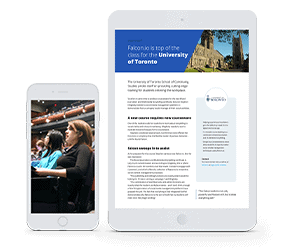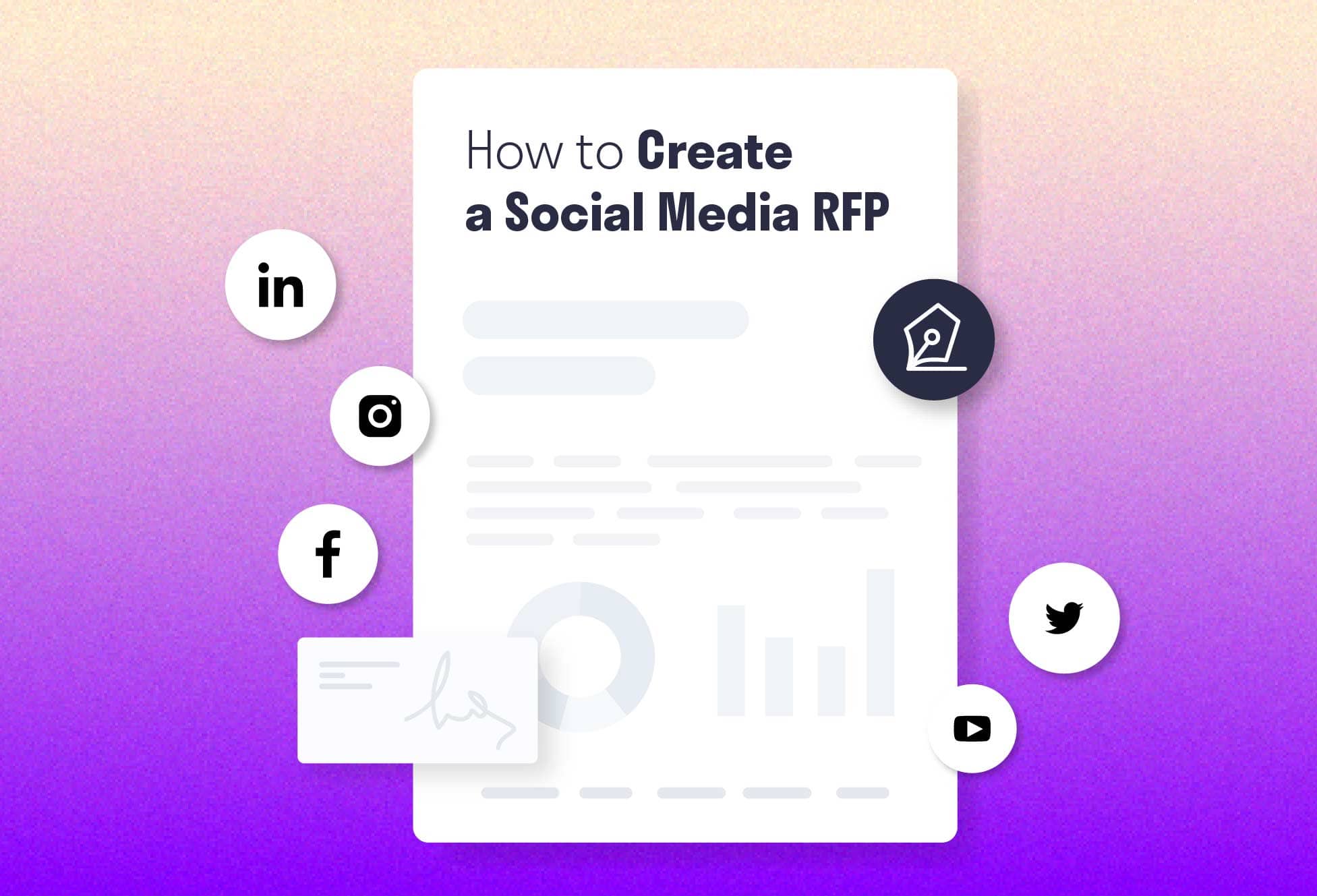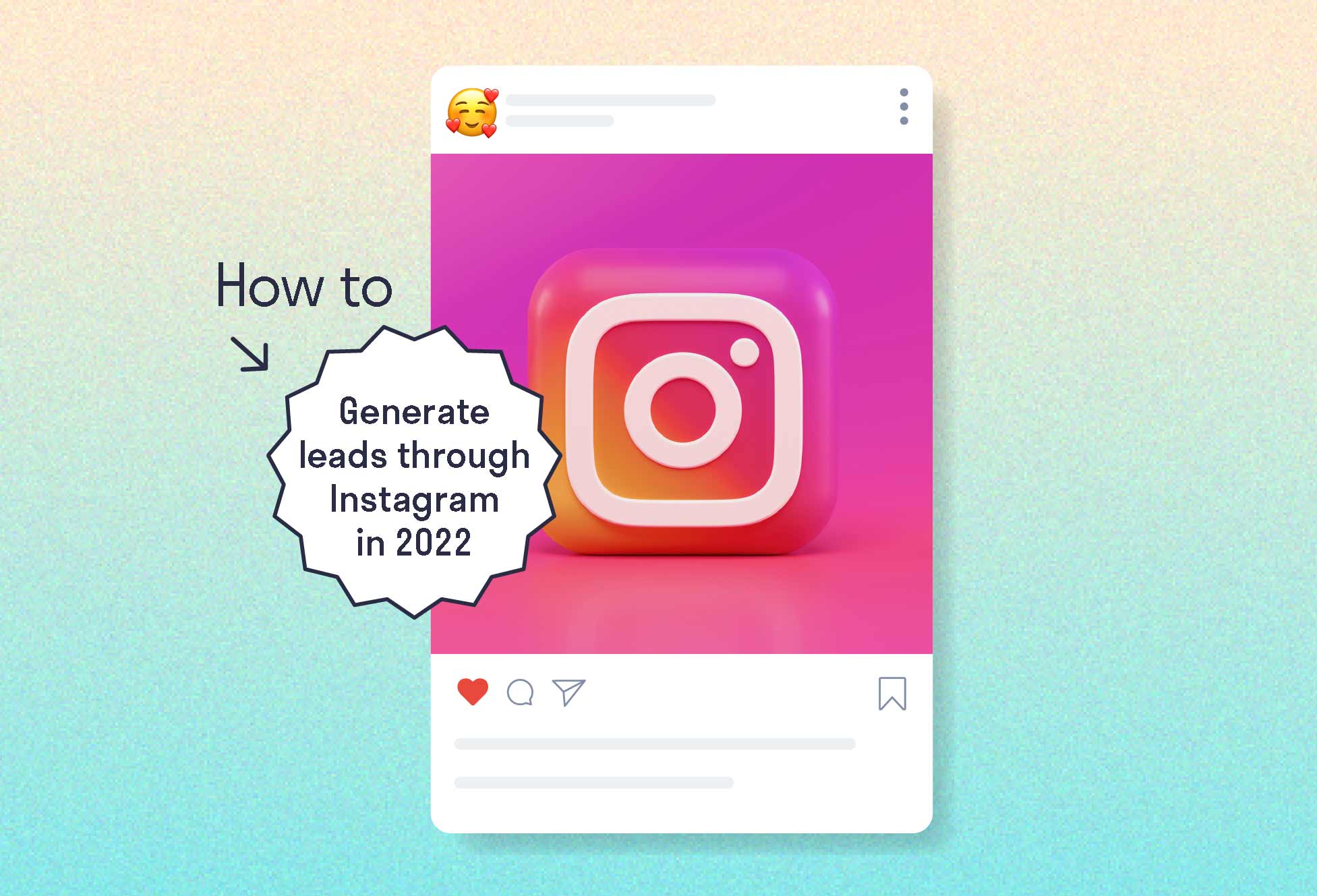Colleges and universities: They extend the boundaries of human understanding. They advance our knowledge of the world around us with cutting-edge research. A few can even do a good job on social media!
According to a study by the Center for Marketing Research at the University of Massachusetts-Dartmouth, of universities surveyed 100% use social media to communicate with students, up from 61% in 2007-08. Social media is a great place to meet students where they are and strengthen the bonds of the campus community. Colleges have the opportunity to garner a tremendous social following, (potentially millions of followers). To handle the volume, schools need a cohesive social strategy.
Keeping an eye on the competition
Caroline Henley, the Social Media Specialist at Columbia University’s School of Professional Studies, made a discovery when digging into social analytics using listening software. “By benchmarking one program’s competitors in Listen, I found one of our competitors was getting four times the reach across the web. That school’s students were sharing the news that they were admitted to the program. So it inspired us to implement ‘sharing’ campaigns, encouraging students to share their news during that very emotional moment of getting admitted to Columbia.”
Henley knew two things. The first is that being aware of what your competitors are up to is a best practice regardless of your industry. The second is that you should not fear borrowing a good idea if it makes sense in your context. She also identified new admits as a prime audience hungry for information about Columbia. Provide the right experience, and today’s pre-frosh channel subscribers will one day be alumni subscribers.
Community outreach
Many colleges and universities are the largest employer in their town. Others are in busy neighborhoods where school policies and decisions can affect the quality of life. College social media is available to multiple audiences inside and outside the .edu world. Good town-gown relations pays for itself in saved headaches.
Otto, Syracuse University’s famous orange mascot, highlights the school’s commitment to the surrounding community.
Thank you Owen & friends for inviting me to jump in puddles with them at 'Walk for a Cure for Tuberous Sclerosis'!☔️ pic.twitter.com/jN0rZ8jDWS
— Otto The Orange (@TheOttoOrange) May 1, 2016
On Instagram, George Mason University puts a positive face on its student body.
Thought leadership
If you think research belongs only in the pages of obscure academic journals, think again. Presenting exciting new work to a wide audience is good for recruiting, good for funding and great for morale.
You don’t need to always be humble. Northwestern University School of Law doesn’t mind highlighting their own accomplishments. Let people know about big successes and good deeds. In Northwestern’s case, getting someone off the hook for a murder they were falsely accused of is an accomplishment well worthy of sharing.
The takeaway: If you have, as the University of Rochester does, something called a “quantum enigma machine” and it uses photons to create unbreakable codes, people will find it fascinating and will share it widely.
Research and thought leadership on the day’s pressing issues is something we have come to expect from major research universities. We have also come to expect quick access to both of those things. Johns Hopkins University displayed some cross-platform dexterity by promoting its Facebook Live feed on Twitter.
Watch Marc Edwards of @flintwaterstudy do Facebook Live tomorrow on campus. 3PM ET. -> https://t.co/WuMezDC9sT pic.twitter.com/IvRHj8ckVb
— Johns Hopkins U. (@JohnsHopkins) September 19, 2016
One little criticism here: space is short, but there should have been a #flintwater thrown in there. People who follow that hashtag would want to see a live presentation like this.
Conclusion: An opportunity to be great
The future is made in colleges and universities. Tomorrow’s leaders, ideas and innovations are being formed right now in our institutions of higher learning. To perceptive eyes, there can hardly be a more fascinating wellspring of engaging stories and images. Many social media managers tasked with pushing product to jaded consumers would drop everything for the opportunity to do something so interesting.
Consider all the audiences you need to reach: neighbors, high school students, faculty, alumni, and even the occasional academic publishing house on the other side of the world. Also, consider where best to reach your audience: Twitter, Facebook, Instagram, Snapchat and LinkedIn, etc. By using tools such as social listening and analytics, you can create a centralized strategy that targets the right people and deliver more personalized, relevant content. Each audience will find something done at a university to be fascinating, or at least very relevant.
Higher education institutions have always been about disseminating knowledge. With college social media you have the means to do that on multiple levels – from steering freshmen through their shaky first steps, to sharing what it is that makes your school special.




